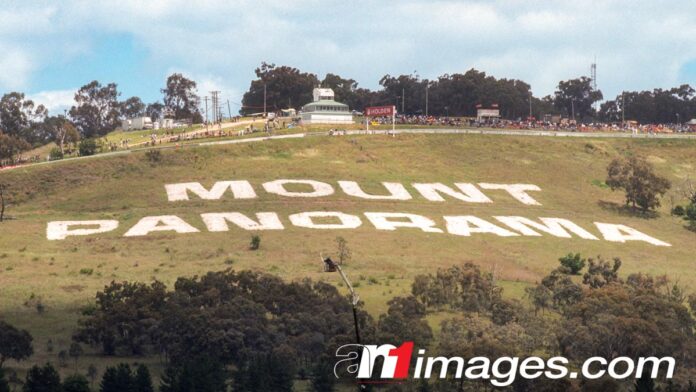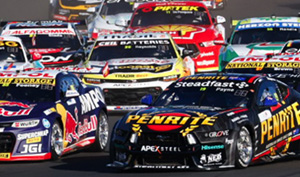GREAT race tracks and legendary corner names go hand-in-hand.
While modern venues tend to have the imaginatively labelled ‘Turn 1’ and ‘Turn 2’, etcetera, the corner names at Bathurst’s Mount Panorama Circuit are almost as famous as the place itself.
Mere mention of the likes of Hell Corner, Griffins Bend, McPhillamy Park and Forrest’s Elbow immediately spark memories for race fans, be they of famous racing action or time spent trackside.
But do you know why those corners have the names they do?
Some are obvious nods to the circuit’s layout and topography, while others are named after people and moments that may otherwise have quietly faded into the background of history.
Ahead of this year’s Repco Bathurst 1000, V8 Sleuth recaps how the key corners – and the longest straight! – at Mount Panorama got their names.
Hell Corner
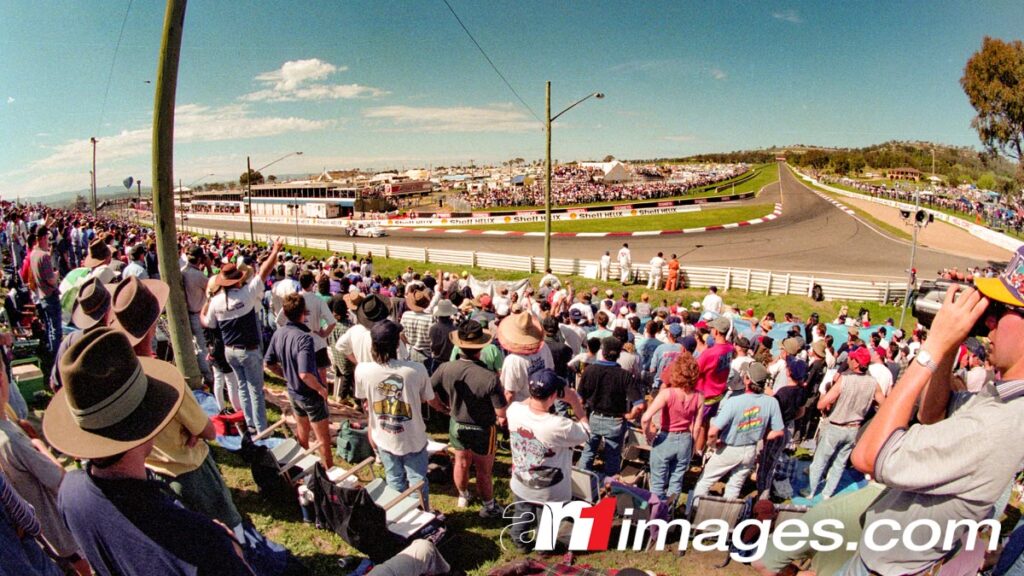
The lap begins with this 90-degree left-hander, believed to have been so ominously named due to the many crashes that occurred there during the circuit’s early days.
It is said that there was originally a tree stump at the corner which, unprotected by barriers, was seen as a particularly high risk of fatal injuries for motorcycle riders.
Griffins Bend
This uphill right-hander at the end of Mountain Straight is named after Martin Griffin, the Mayor of Bathurst from 1931-41; a period that included the circuit’s opening in 1938.
A known motorcycling enthusiast, Griffin is credited for hatching the now famous plan to build a motor racing circuit at Mount Panorama with public money under the guise of it being a ‘tourist drive’.
The Cutting
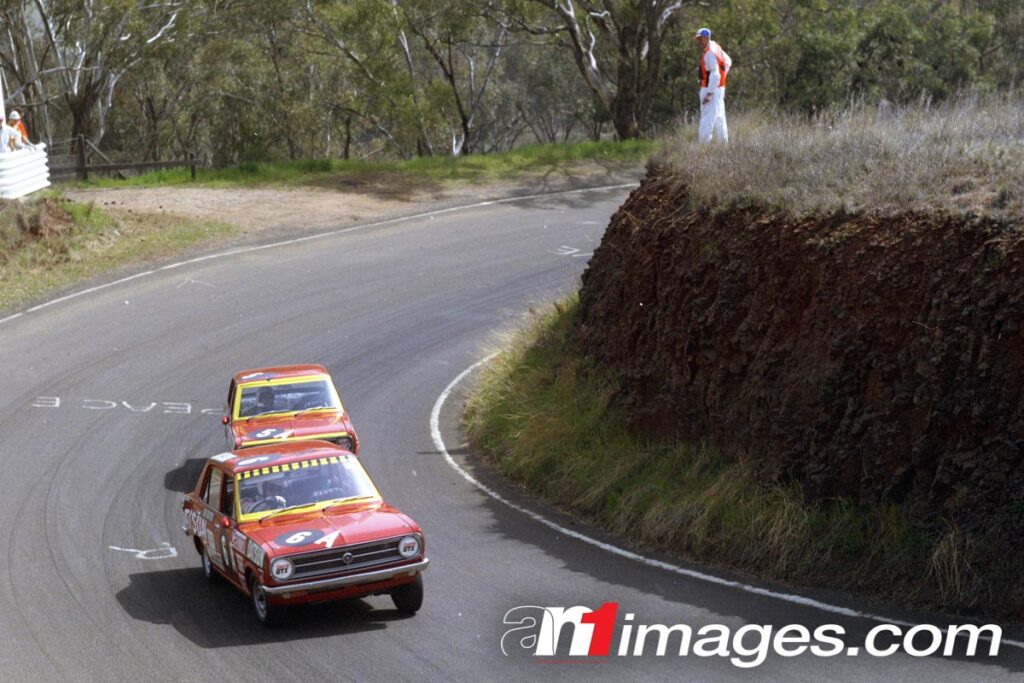
One look at this left-hander reveals why it’s called the Cutting, as the road here was literally cut into the side of Mount Panorama.
It’s a point more greatly emphasised in the circuit’s early days, before the inside was lowered. The Cutting still represents the steepest climb on the circuit, with a 1:6 gradient.
Reid Park
Hughie Reid was the Bathurst City Council’s engineer tasked with designing the layout of the tourist drive that became the Mount Panorama Circuit, using existing tracks where possible.
His contribution was rewarded with the naming of the Reid Park area, which refers to both the trackside camping ground and the section of the circuit that passes by it.
Sulman Park
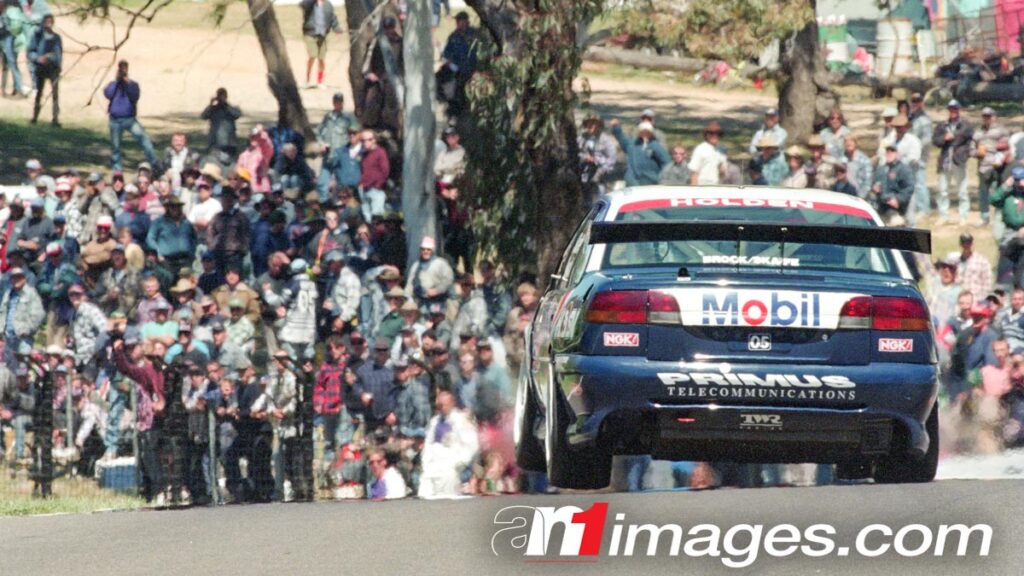
Tom Sulman was an experienced racer and flag marshal who died in a crash on Conrod Straight while driving a Lotus Eleven Climax in a sportscar race at Bathurst in March 1970.
The Australian Racing Drivers Club named the area between Reid and McPhillamy Park in Sulman’s honour after his death.
McPhillamy Park
A Bathurst City councillor and former mayor, Walter J. McPhillamy donated a significant parcel of land at the top of Mount Panorama that to this day provides parking and camping facilities for patrons.
He died aged 78 in June 1938, just months after the Mount Panorama circuit’s first motor racing event.
Brock’s Skyline
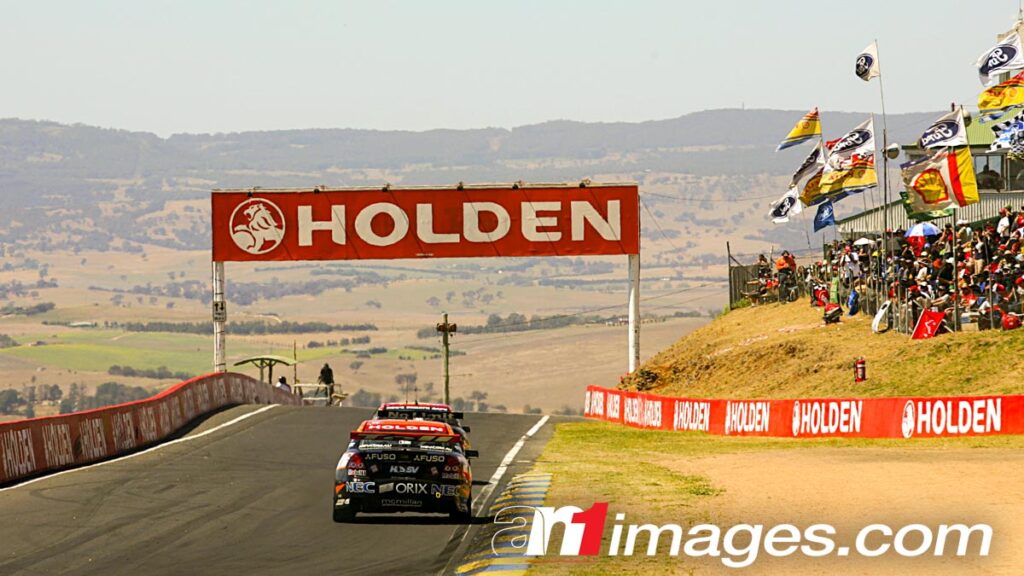
The point at which the circuit begins its downhill plunge was originally named simply ‘Skyline’ for the view it provides drivers.
Peter Brock’s name was added as a tribute to the nine-time Great Race winner ahead of the 1997 Primus 1000 Classic.
The Esses/The Dipper
This is another section that takes its name directly from the circuit’s layout, as it snakes its way down the Mountain and through a particularly significant dip.
Forrest’s Elbow
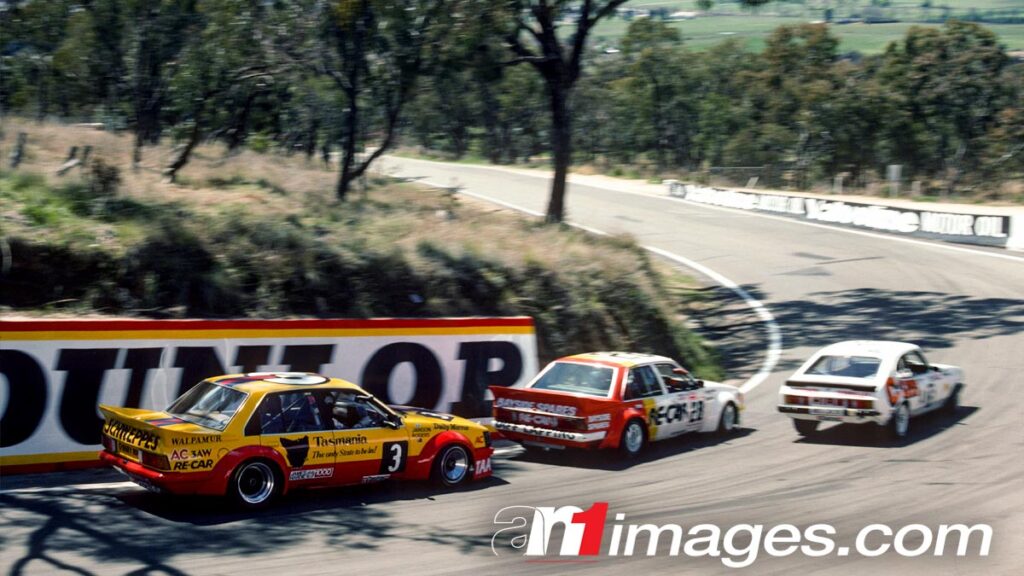
A tight left-hander, this corner was known simply as ‘The Elbow’ and sometimes ‘Devil’s Elbow’ before motorcycle racer Jack Forrest crashed there in 1947.
Forrest smashed his elbow on the ground in the accident, but remarkably returned to race the next day. Fellow racer Harry Hinton is credited with dubbing the corner Forrest’s Elbow.
Conrod Straight
The circuit’s longest straight was known simply as ‘Main Straight’ prior to the Easter race meeting in 1939.
At that event, competitor Frank Kleinig’s Hudson Special had a con-rod failure so spectacular that the straight was later renamed in its honour!
The Chase
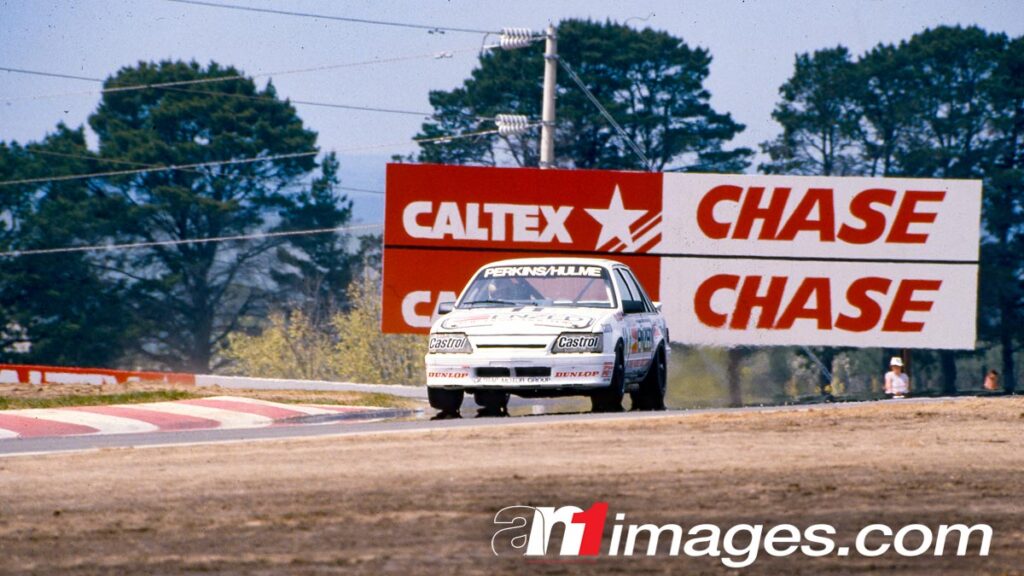
This three-corner sequence is a relatively modern addition to the layout; added as a safety upgrade as part of significant track works ahead of the 1987 Great Race.
In an all-too modern occurrence, it was named ‘Caltex Chase’ in reference to sponsorship from the oil giant. The latter part was retained when the backing eventually ended.
Murray’s Corner
The circuit’s final turn was called ‘Pit Corner’ until Bill Murray spectacularly crashed his Hudson Special into the sandbags here in the 1946 New South Wales Grand Prix.
Race-winner Alf Najar is said to have graffitied the words ‘Murray’s Corner’ onto the fence later that evening, and the name stuck.


